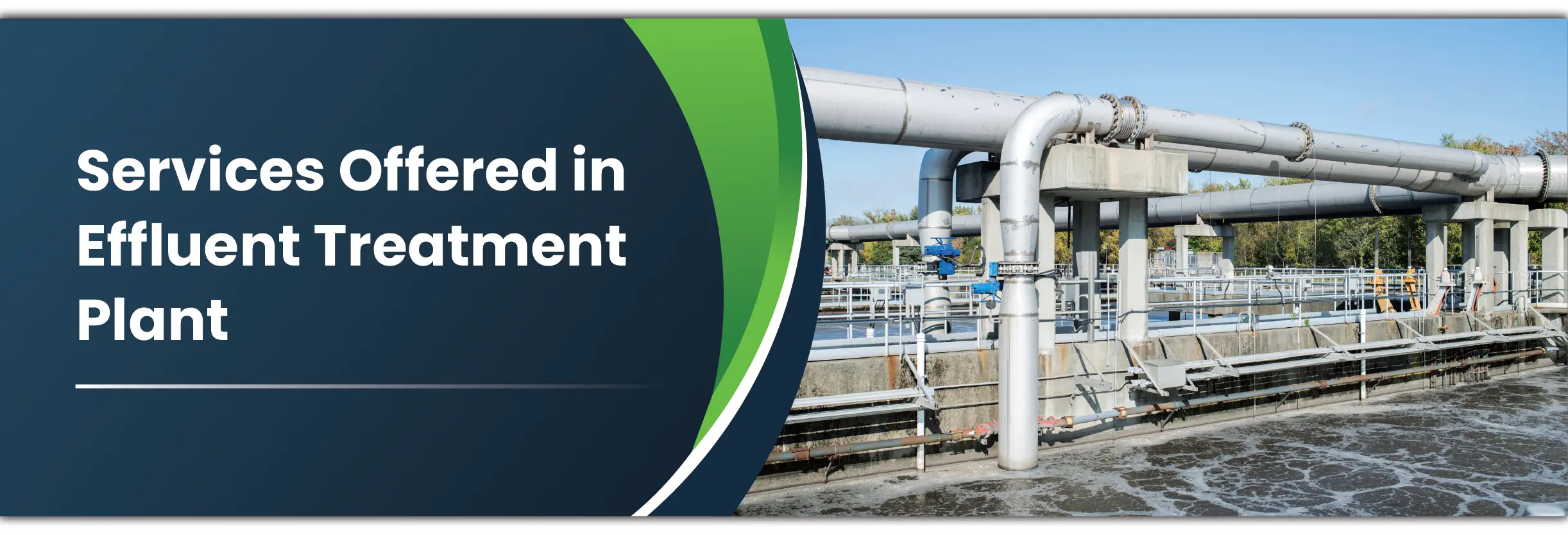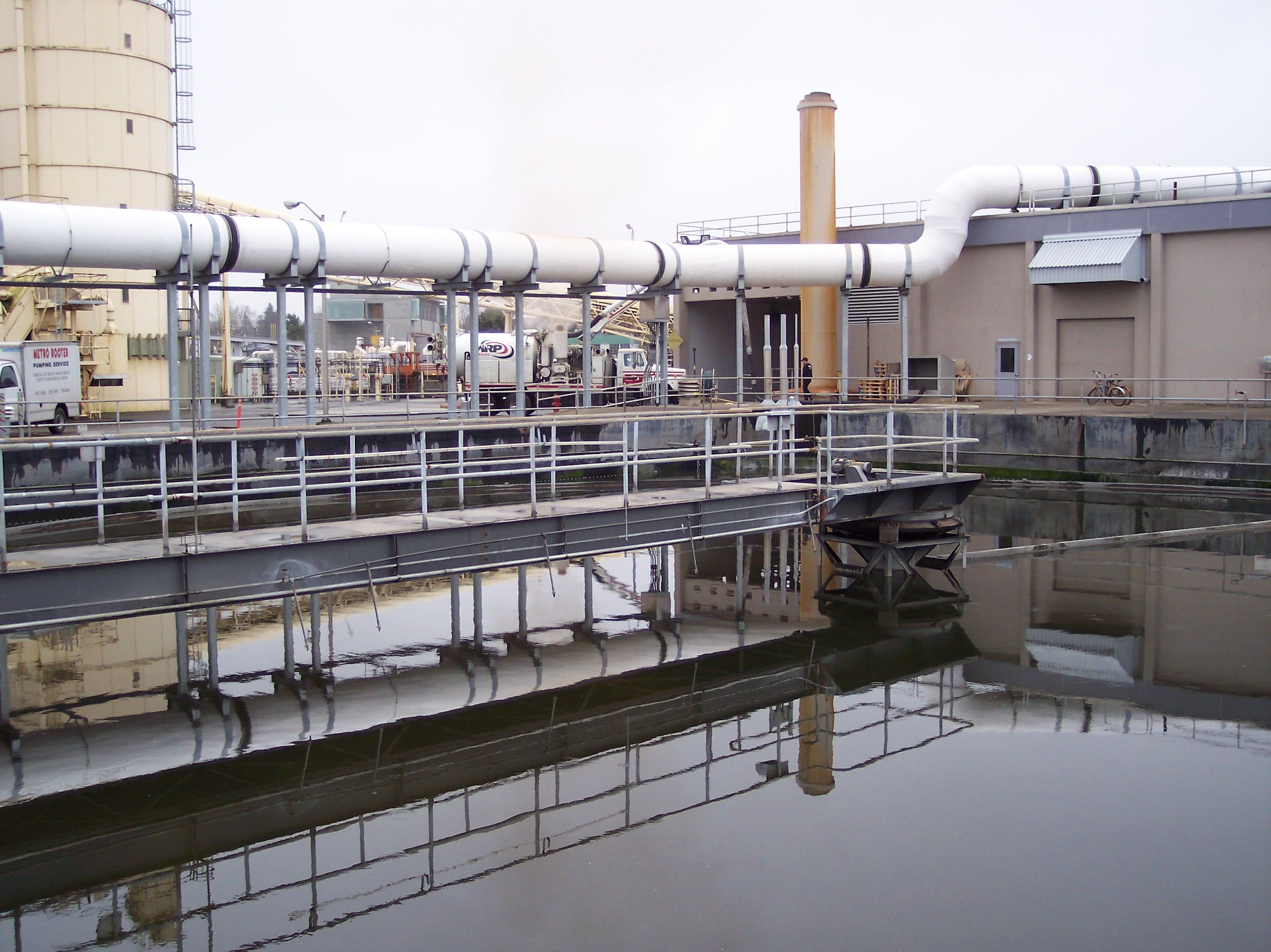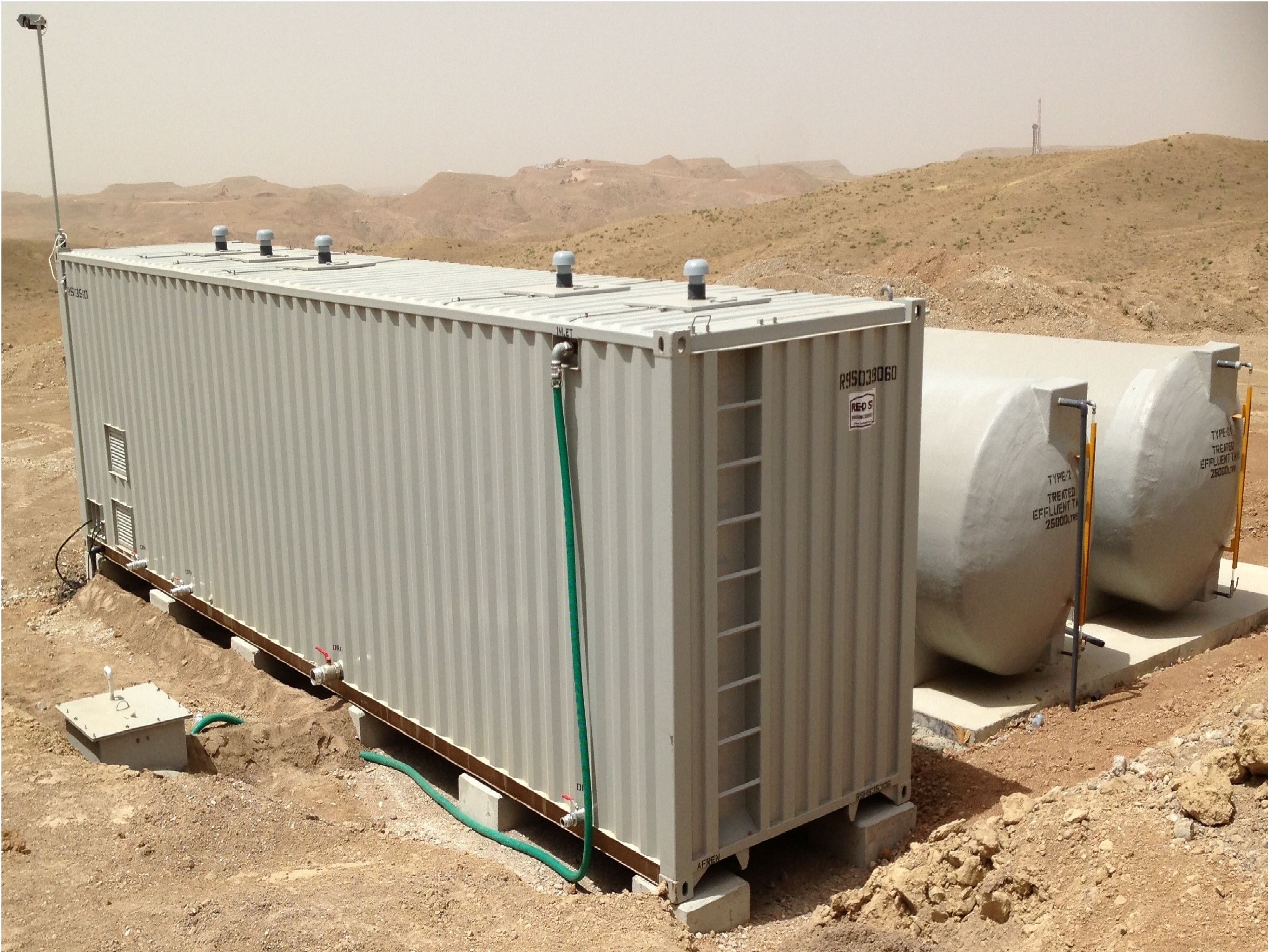Effluent Treatment Plant (ETP)
ETP stands for Effluent Treatment Plant. It's a crucial system used by industries and factories to clean their wastewater before it is discharged into the environment. This cleansing process ensures the wastewater meets the standards set by environmental authorities.
ETP Plant: Role & Importance
An Effluent Treatment Plant is vital to protecting our environment. Industrial activities generate large amounts of garbage, which, if not adequately treated, can impact ecosystems severely. ETP facilities address this issue by ensuring that wastewater is properly cleansed before disposal, thereby safeguarding the environment from contamination.
In essence, these plants cleanse, neutralize, and remediate hazardous wastes. They ensure that byproducts from diverse industrial operations do not contaminate our waterways and soil, providing a sustainable and environmentally friendly waste management solution. Furthermore, they contribute to water conservation by recycling and reusing wastewater within industrial processes, thus reducing the demand for freshwater resources.
Factors to consider while choosing an ETP Plant
Several factors need to be considered by industrial undertakings that wish to install an ETP. Their wastewater discharged from their factory includes information and parameters (quality and quantity). They can be obtained by testing and analysing a sample of effluent water at an authorized laboratory.
Some of the factors to be considered while choosing an ETP are as follows:
-
An understanding of the law of the land (national and international rules and regulations) concerning water and wastewater treatment.
-
How much effluent does your entity produce every day?
-
Chemical content and concentration in effluent. For example, 30m3/hour with 500ppm COD and pH 11.5.
-
How much will it cost you to install and run the ETP?
-
Once it is installed, will you be able to spend money on its maintenance?
-
Is there sufficient and suitable land available for the construction and installation you desire?
-
Choose the ETP that best suits your company's requirements from the many types available.
-
Better recruitment and training to the personnel responsible for operation and maintenance of the plant.
THE ANSWERS TO THE ABOVE QUESTIONS WILL ASSIST IN THE CHOICE OF BEST SUITED ETP FOR YOUR PREMISE.
Treatment Methods used by us for treating Effluent Treatment Plant
It is possible to treat effluent in many ways depending on its level of treatment. There are four levels of treatment: preliminary, primary, secondary, and tertiary. Several different processes are used for treatment, including physical, chemical, and biological. There are many of these processes that will be combined in a single treatment plant. Here are descriptions of the most used processes.
Effluent Treatment Plant Levels and Processes
| Treatment level | Description | Process |
|---|---|---|
| Preliminary | Removal of visible bigger solids that maydamage equipment or result in operational problems. | Physical |
| Primary | Designed to remove large debris and solids or settleable materials such as suspended solids and organic matter from the water. | Physical and chemical |
| Secondary | Involves aerating the wastewater. The water is aerated (or shaken up) to release dissolved gases such as hydrogen sulfide. Aeration also replenishes oxygen, which is consumed by decaying organic matter found in wastewater. Removal of biodegradable organic matter and suspended solids. | Biological and chemical |
| Tertiary/advanced | Tertiary treatment may involve the use of chemicals to remove remaining nutrients (nitrogen and phosphorous). It may also include the use of filter beds or other types of treatment. Removal of residual suspended solids / dissolved solids. | Physical, chemical and biological |
Effluent Treatment Plant in various industries
In a world of ever-shrinking resources, it has become imperative that industries use less and fewer resources (especially fresh water) and reduce their carbon imprints.
Kelvin’s Effluent treatment plant has exponentially grown in significance, as its ETP treats the wastewater coming from various industries like:
-
Food and processing industries
-
Pharmaceutical industry
-
Tannery & Paper industries
-
Textile and dye industry
-
Dairy and Beverage industries
-
Paint Industry
-
Chemical Industries
The list is indicative, not exhaustive as there can be applications in other industries as well.
Kelvin’s ETP purifies wastewater for its reuse and releases safe water into the environment. Kelvin’s ETP uses physical, chemical, biological, and membrane processes to treat the effluent. Each industry has a different type of wastewater;thus the process has to be customised for the client’s needs.
Effluent Treatment Plant Manufacturer
FAQs
Q1. What is Effluent Treatment Plant?
Ans. Effluent Treatment Plant are designed to treat both municipal and industrial effluent, which consists of wastewater, sludge or sewage. These effluent treatment plants are tailored to remove harmful pathogens, clear hazardous chemicals, detergents and toxins, and separate and extract valuable substances from effluent.
Q2. Why do we need effluent treatment plants?
Ans. Effluent Treatment Plants (ETPs) are used by many businesses across a wide range of industries to clean water and remove any toxic and non-toxic materials or chemicals from it so that it can be released into the environment safely or reused.
Q3. What is the capacity of effluent treatment plant?
Ans. 25 to 1000 KLD of capacity, depending on client needs. Physical, chemical, biological, and filtration treatments Semi-automatic operation is a feature.
Q4. What are the applications of ETP?
Ans. Effluent treatment plants are used to remove several organic chemicals, debris, dirt, grit, pollution, harmful, non-toxic molecules, and polymers from industrial wastewater (ETPs).
Q5. Why ETP is used in industry?
Ans. All major companies treat their wastewater at effluent treatment plants (ETPs). Every major pharmaceutical, chemical, textile, and other company that produces wastewater employed ETPs to clean the water and eliminate any harmful or unnecessary chemicals or compounds.
Q6. What are the beneficial effects of effluent?
Ans. Fertilizer savings are one benefit of effective wastewater control for farms. enhanced soil quality. prevention of problems with animal health.
Q7. What is an effluent treatment plant?
Ans. A wastewater treatment process (WWTP) that is used to treat waste water is referred to as an effluent treatment plant, or ETP. It is mostly utilised in sectors like pharmaceuticals, textiles, and chemicals where there is a risk of severe water contamination. Effluent treatment plants are largely responsible for the treatment of both domestic and industrial wastewater. Organic matter, inorganic matter, heavy metals, oil & grease, suspended particles, and other contaminants are all handled throughout the wastewater treatment process at an ETP facility. There are different kinds of wastewater treatment plants, including chemical, biological, combined chemical and biological, and thermal.
Q8. How does an effluent treatment plant work?
Ans. Three groups make up the wastewater treatment facility operation. Sludge and liquid are separated during first treatment using sedimentation tanks. To lower the bacterial population, secondary treatment entails the removal of biological or organic materials. When tertiary wastewater treatment is used to remove dangerous microbiological pollutants from wastewater, physical and chemical procedures are frequently combined.














